

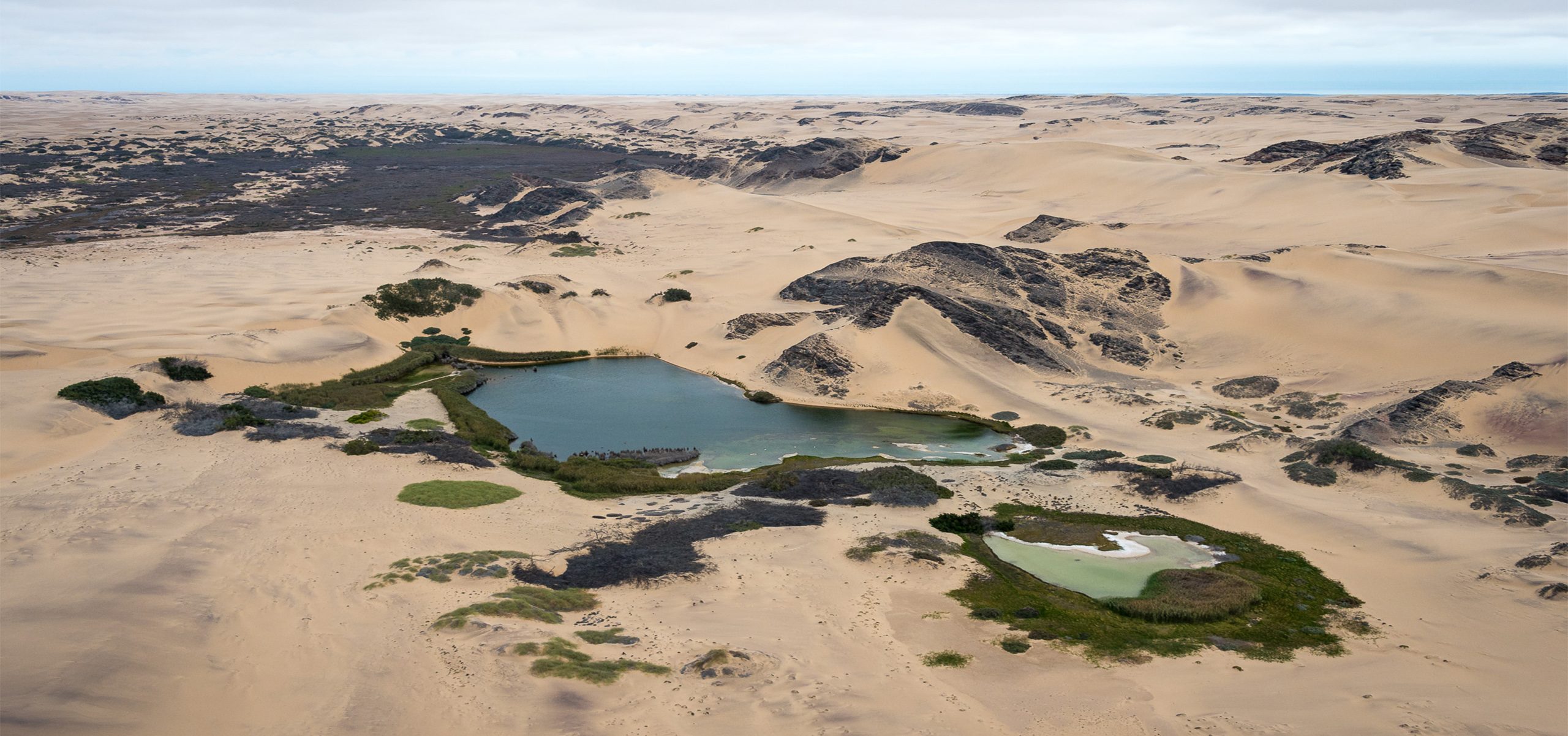
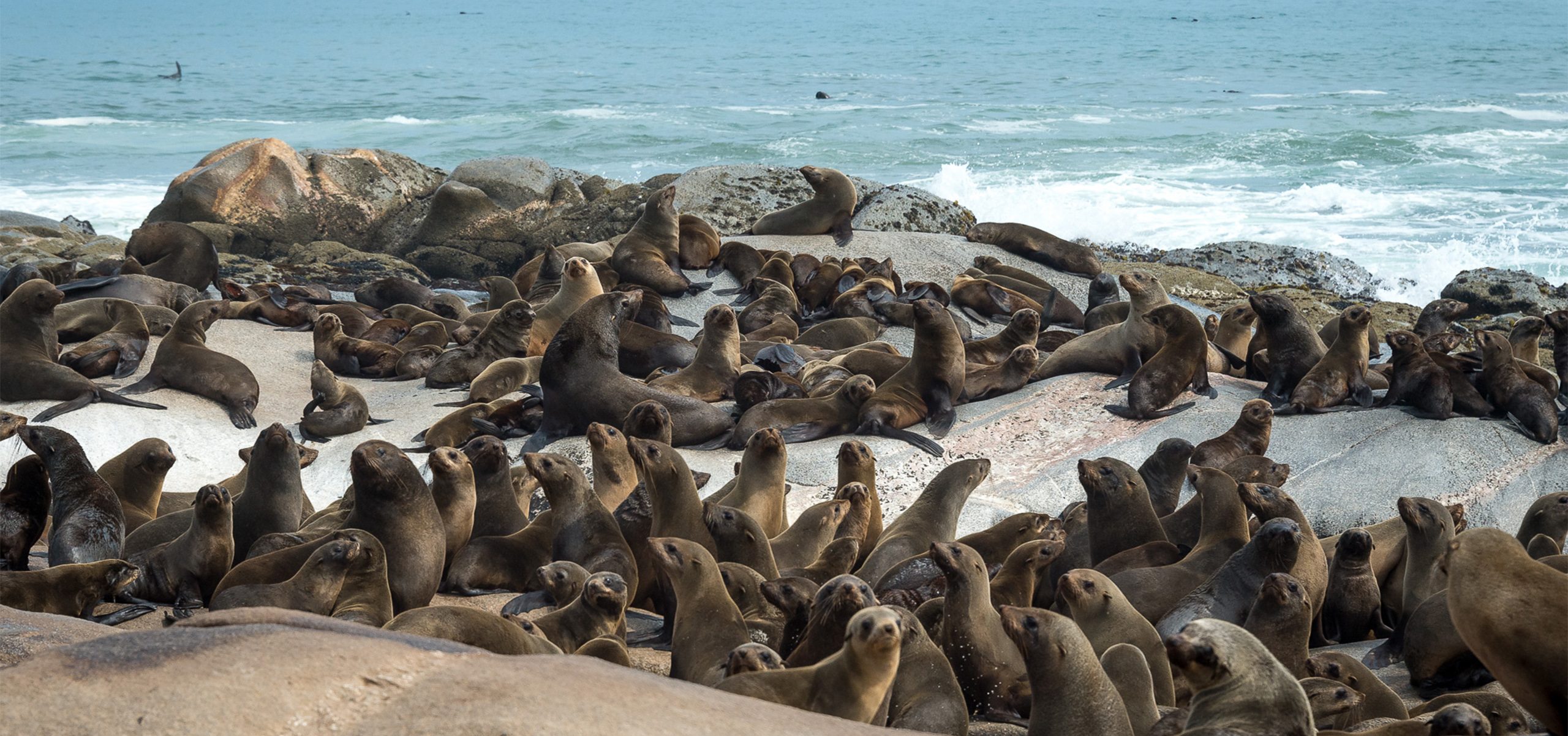
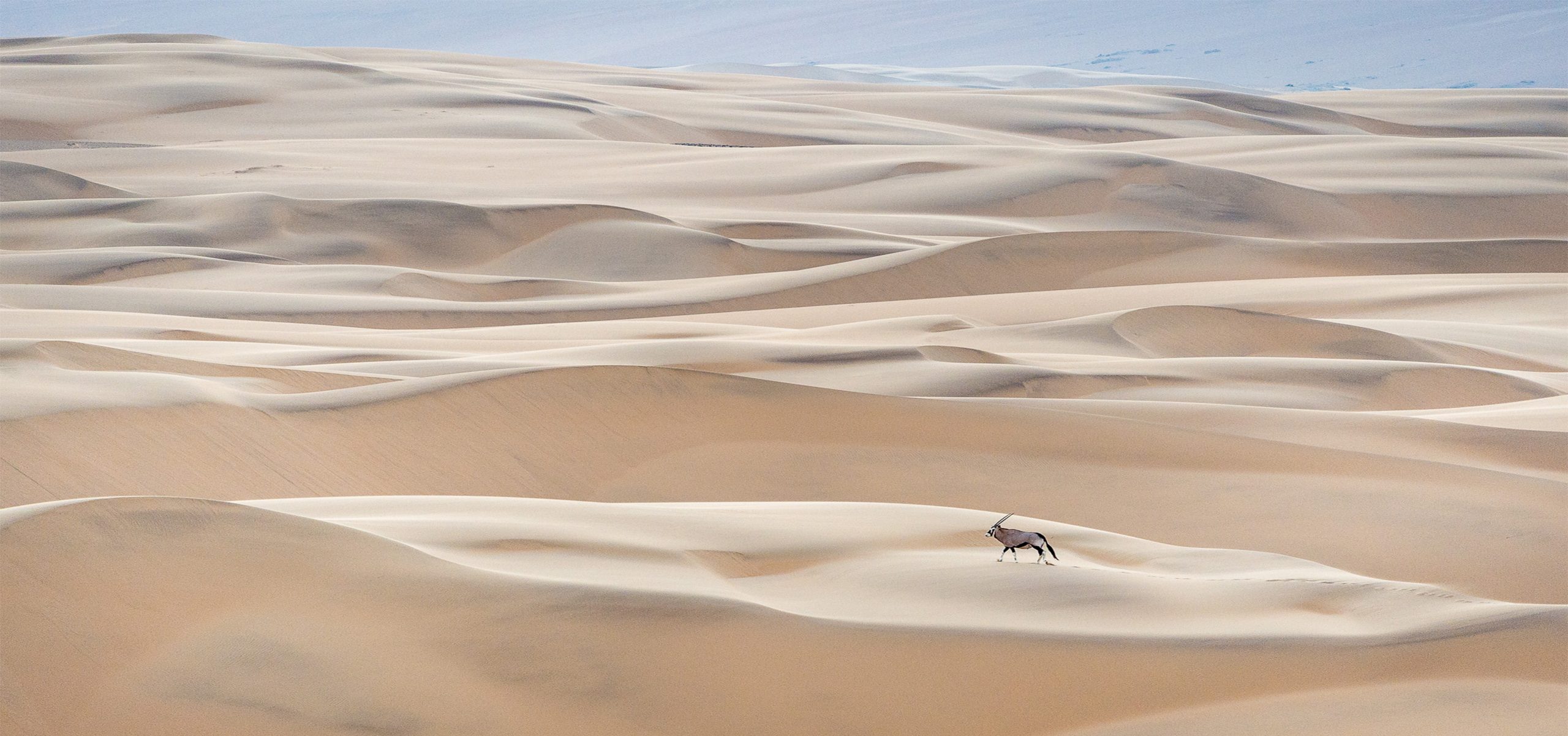

Stretching from the Swakop River to southern Angola, the Skeleton Coast is known as the ‘Land God Made in Anger’ and is remoteness at its best. Thousands of miles of sandy desert dotted with shipwrecks meet with the cold waters of the Atlantic and somehow an amazing array of wildlife and flora manages to survive in this harsh but beautiful environment.
Ocean fog creeps over the shoreline caused by the warm dry air of the Namib Desert colliding with the cold Benguela current. This otherworldly area is home to a diversity of wildlife including seabird colonies, Cape fur seals, zebra, gemsbok, desert-adapted elephant, lion and much more.
Surfing enthusiasts are drawn to these powerful waves and photographers flock from around the globe to snap a shot of this eerie shipwreck graveyard and for the unrivalled maritime photographic opportunities. This coast is desolate but breathtakingly beautiful.
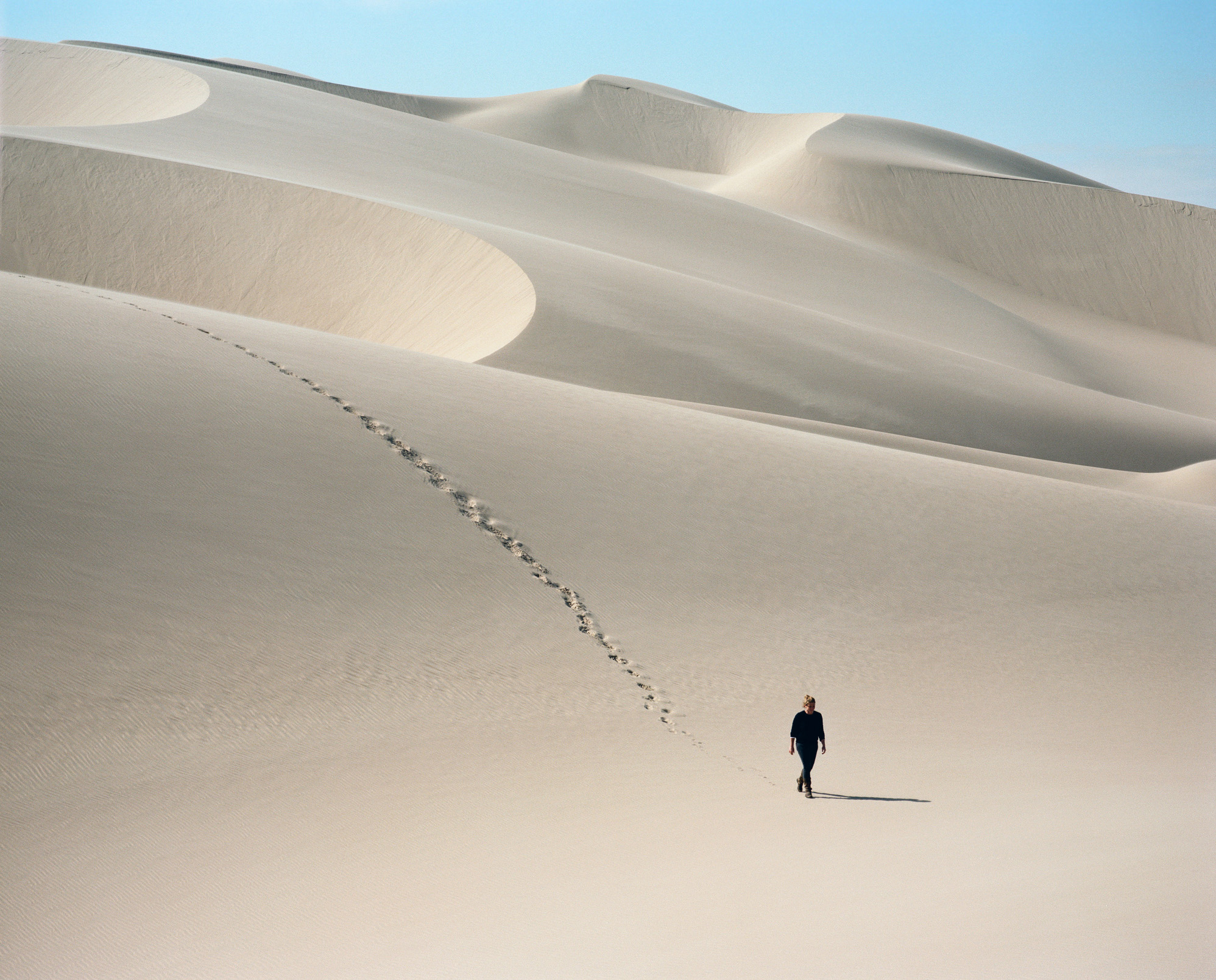
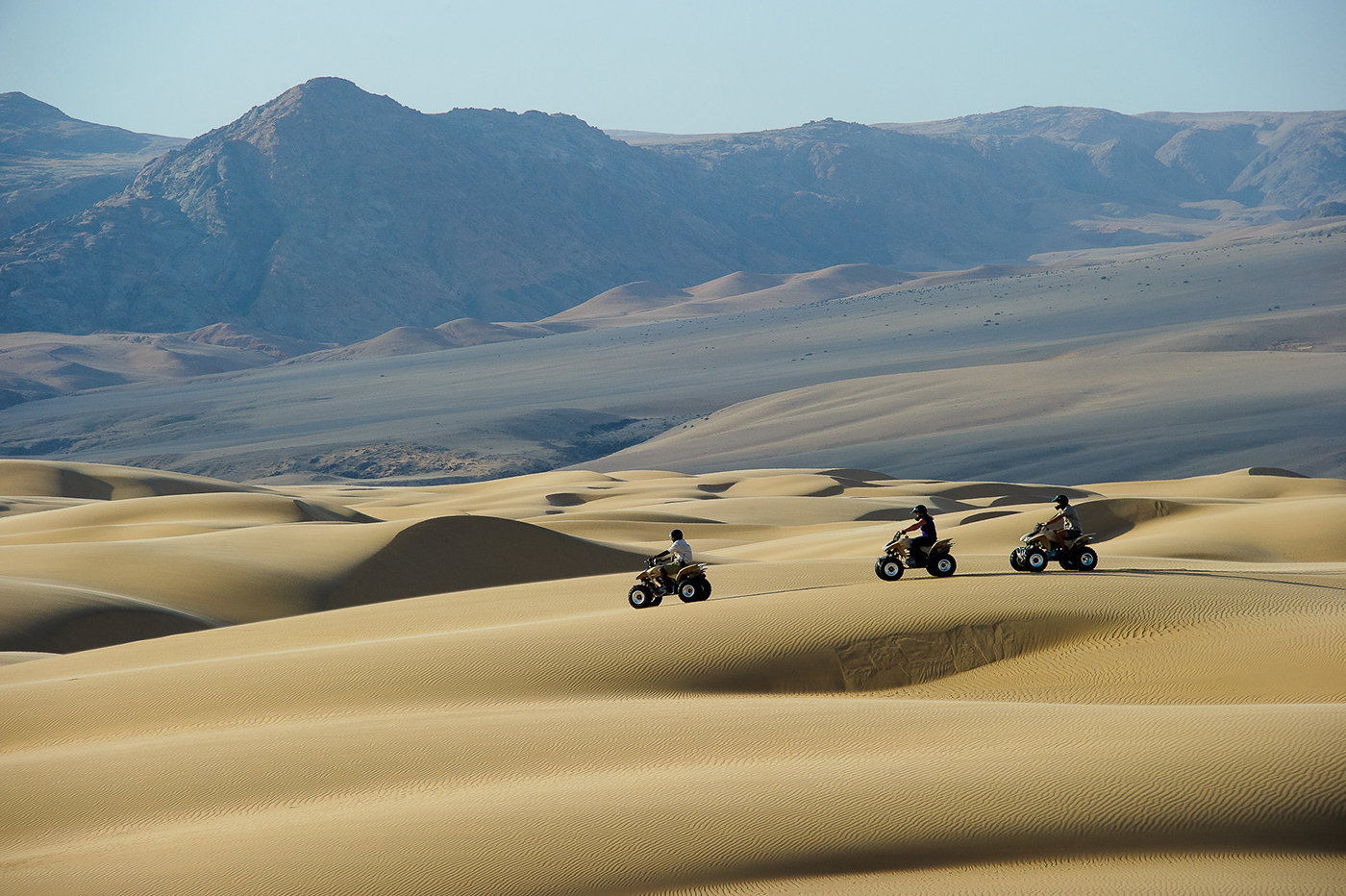
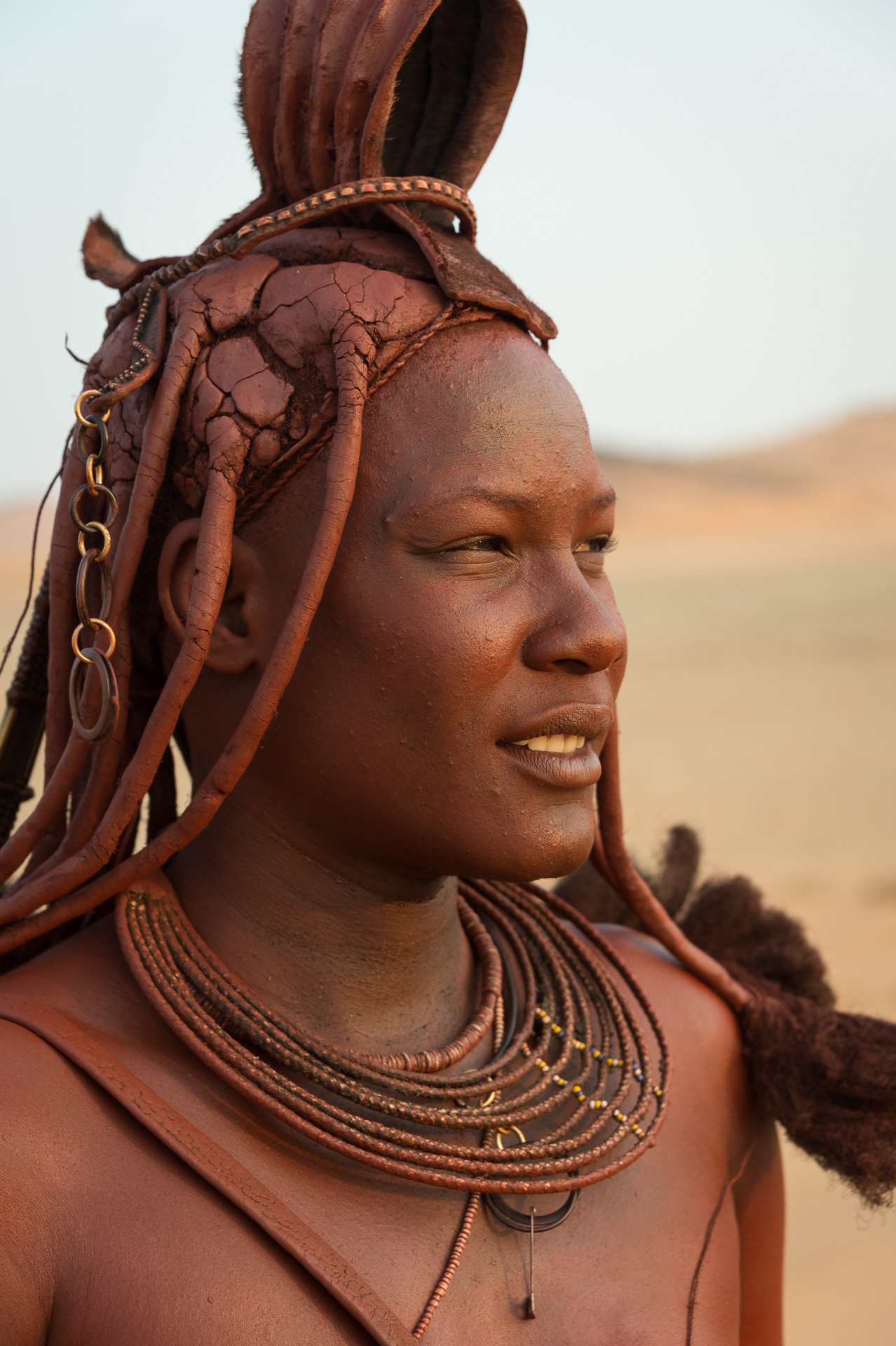
These are a selection of lodges that we feel combine well for this journey. However we do also have a range of options to consider in each region, and can tailor them to you preference.
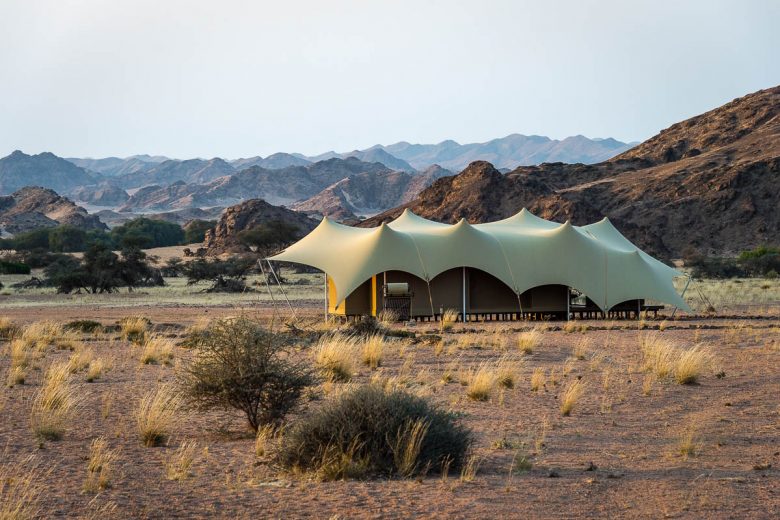
In a remote area of the Kaokoveld, with gravel-strewn plains and dry riverbeds that draw fascinating wildlife, lies Hoanib Skeleton Coast Camp. Game drives explore this isolated area, moving along the riverbed’s narrow ribbon of vegetation, where a surprising wealth of desert-adapted animals can be found; in camp the research centre provides even more insights. The unforgiving Skeleton Coast, with its shipwreck remains and noisy colonies of Cape fur seals, is accessed either by a fascinating drive or flight, depending on the weather. Eight large en-suite tents (including one family tent) and the main area and pool look out over a wide, rugged valley that slopes down to the almost-always dry Hoanib River.
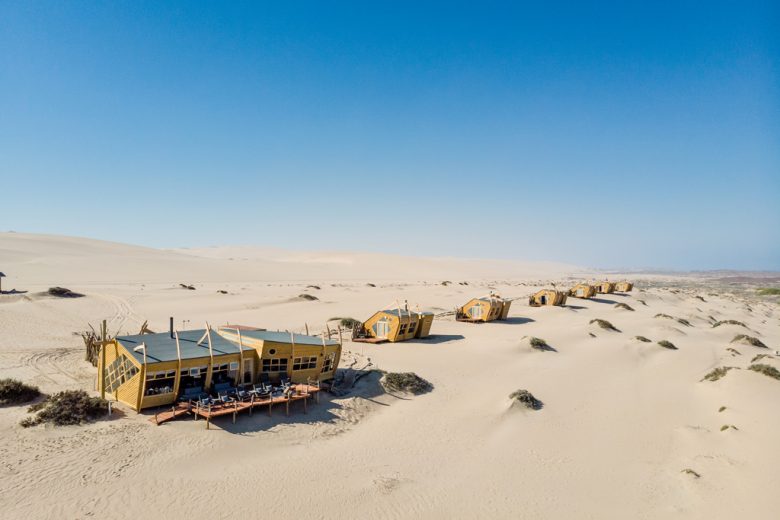
Located in the famous Skeleton Coast concession between the Hoarusib and Hoanib rivers in the Skeleton Coast National Park, Shipwreck Lodge is only 45 km from Möwe Bay. The shipwreck-shaped chalets are nestled between the dunes with a view of the Atlantic Ocean where the cold Benguela current provides guests with a refreshing breeze. Our exclusive clients can look forward to appreciating the harshness of the desert and the beauty of these solitary landscapes filled with geological history. Learn about the fauna and flora adapted to survive in these harsh conditions – all from the comfort of the restaurant deck. There are 8 twin/double chalets and 2 family chalets.
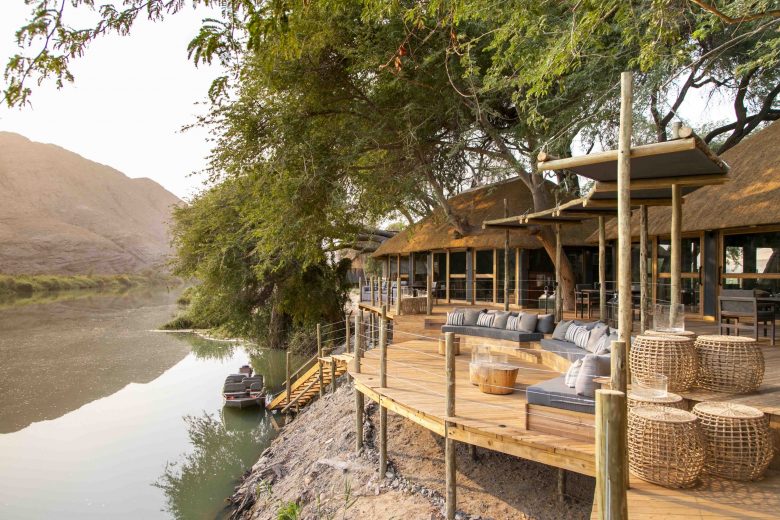
Set under verdant trees on the banks of the Kunene River, Serra Cafema is one of the most remote camps in southern Africa. Guests can truly disconnect, unwind and relax to the sound of rushing water, and explore one of the driest deserts in the world. Respectful interaction with the semi-nomadic Himba community, fascinating nature walks, boating (water levels permitting), and low-impact guided quad-bike excursions complete the experience. The eight chalets are set on elevated decks and crafted in wood, canvas and thatch to create a unique camp that is at one with its surroundings and celebrates the culture of the Himba people. The Ozonganda (Herero, meaning “main area”) affords spectacular views over the Kunene River.


Amala Travel
TA License: TA02145